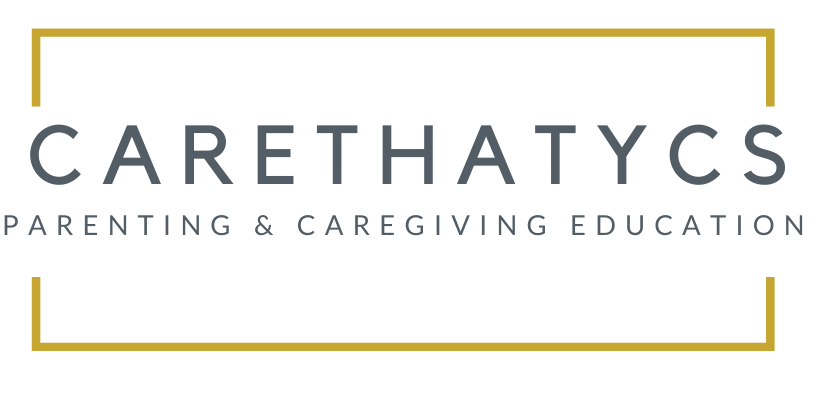A milestone in your newborn’s life is their very first bath. However, many first-time parents wonder how and where to give it. And imagine, bathing a baby that is so tiny, delicate, that is squirming and, most likely, crying, it takes practice. But do not be nervous, it is normal not to be very good at first, after all, we all started like this. Know that, as time goes by, it will become easier and you will have more practice in bathing your baby like a pro. Soon, your baby will love bathing and this will also become a fun and peaceful routine, many parents actually look forward to it.
How many times a week do I need to bathe the baby?
Three to four times a week is enough for a newborn, though, it is necessary to keep the diaper area very clean, in addition to the hands and face; clean these areas several times a day. Besides, bathing is only necessary when the baby is really dirty, which is hardly the case with newborns – except for those explosive diapers! After a while, when your baby’s skin becomes more resistant and the stump has fallen off, you can start bathing them every day if you wish. This bath is often introduced into the bed routine, as a way for your baby to relax and prepare for that great night of sleep.
Sponge bathing your newborn
While your baby’s umbilical cord stump still hasn’t fallen off (it takes an average of 10 days and three weeks after birth to fall off), it is best to give them a sponge bath to prevent the cord stump from getting wet.
I will explain how the procedure goes:
- Place you, baby, on a firm surface, on a towel or blanket.
- Keep your baby covered, bundled up, and removing the fabric from one limb at a time, and clean it. So, one leg out, clean, back under covers, then other leg and so on.
- If by accident, you wet the stump of the umbilical cord, you can rest easy. Just gently pat it dry with a towel.
The actual bath
After the umbilical cord stump falls, your baby can take a real bath, either in the shower with you or in a tub. Regardless of which option you choose to bathe your baby in, don’t place them on a hard surface, always padded either by a blanket, towel or insert to baby tubs to make them more comfortable and less slippery.
I like baby tubs because they can be put on the kitchen counter or sink and that will definitely go easy on your back. If you think you will need help, ask, this is not a problem, and I actually highly recommend it. Put everything you will need close by so that you do not interrupt the bath looking for things you forgot to get or are away from.
Make a list, for example:
- A large hooded towel
- A soft cloth or sponge
- Pieces of cotton
- Baby soap
- Baby brush
- Baby lotion
- Diaper cream
- Diaper
If you are going to use a tub, you need to fill it up only with 2-3 inches of warm water, this amount is sufficient for a good bath. The first baths don’t have to be long, but they do need to last long enough to clean the baby properly. Hold the baby firmly but gently remove dirt or accumulated residue. You need to hold their head and back when bathing.
Also, pay close attention to these areas:
- The genitals and the region where the diaper is.
- The hands and feet. Check between your fingers that they are clean.
- Clean and dry all folds – legs, arms, and neck where they accumulate a lot of dirt.
- The face. If crust accumulates around the eyes, gently remove with a piece of cotton.
- Armpits – lint from clothing and sheets can accumulate here.
- Behind the ears.
Haircare of the newborn
Most babies are born without much hair, but for those who do, it is always good when your baby can already bathe, wash with mild baby shampoo. Apply just a little bit. I tend to wash the hair last but make sure to rinse the whole body afterward, so the baby does stay with shampoo water on their body.
Baby bath water temperature
Your baby’s skin is very delicate, much more so than ours. The water we bathe, however comfortable it may seem to us, can be very hot for babies. Before wetting your baby, test the water temperature with your wrist or elbow. These regions are more sensitive to heat than the hand. The water must be lukewarm, never hot.
Do not be alarmed if your baby cries during the first baths; it is a way for them to react to this new something thaty they know nothing about. Sing, talk, and caress your baby to calm them down. I guarantee that soon, they will learn to enjoy bathing.

